It’s time to stop blaming people for being human and start rethinking phishing protection, trust, and the idea of ‘weakest links.’
As any progressive CEO will tell you, people are an organisation’s greatest asset.
So why is it common to hear that they’re also the weakest link when a phishing attack gets through?
Of course, it stems from the fact that people are the prime targets for attackers who prey on human fallibility. But does framing individuals as victim or villain really solve the problem?
Perhaps the narrative needs to change.
Phishing works because we’re human
There’s a reason phishing remains the attacker’s weapon of choice. It’s a tactic that exploits people, and it’s very successful.
Phishing targets human behaviour – curiosity, trust, routine, distraction, stress, or the impulse to act quickly when something looks important. It doesn’t need to crack encryption or bypass firewalls. It just needs to look legitimate long enough to deceive.
And those deceptions are getting harder to spot. AI has stripped away the obvious red flags. Misspellings are gone, branding is perfect, and fake messages now mirror the tone and urgency of genuine requests.

73% of organisations globally reported at least one successful phishing attempt this year.
These aren’t crude scams anymore. They’re sophisticated social engineering attacks often targeted to exploit the way organisations and people actually work .
If attacks and attackers are getting more sophisticated, perhaps we should study what they’re doing right instead of shaming what users did wrong.
Is it human error or a process problem?
When an attack succeeds, we reflexively ask “Who clicked?”
Maybe the better question is: “What made that message believable enough to click?”
Was it an urgent request from someone senior? A process everyone assumes is legitimate? A lack of clarity about what to do when something feels wrong?
If people repeatedly fall for similar attacks, maybe it’s not a people problem but a process problem.
Think of the old mantra:
Phishing awareness, training, and the right technologies all play a vital role, but they all need to work together in a way that fits with the way your people work, rather than fighting against it.
Is it really feasible, for instance, to tell people to ‘stop clicking on links’?
Employees need to click on links and open files and read documents sent to them online. It’s part of their job and it’s unrealistic to place the burden of safe clicking solely on the person at the screen. And if your security strategy relies on perfect vigilance from exhausted, overworked humans, you’re on a sticky wicket.
Modern phishing tactics blend technology with an understanding of human behaviour and culture. Shouldn’t our defences do the same?
Your security needs to reflect your reality
Security is most successful when it’s designed around your reality. Embedding vigilance and protection into all three pillars of people, process, and technology.
Such as:
Phishing resilience is not a single tool, platform, or playbook. It is an ecosystem.
Awareness training creates informed users. Automation and AI enhance detection and response. Your security operations centre (SOC) connects human vigilance with technical capability. Leadership ensures the culture stays focused on trust, not punishment.
When these elements work together, organisations do more than reduce phishing risk. They create measurable resilience. Employees know what to do, security teams have the visibility to act, and leadership can demonstrate progress with confidence.
Phishing protection focuses on empowered people not weak links
The shift from weakest link to first line of defence happens when organisations design security around how people actually work. When training builds confidence, not fear. When reporting is effortless and response is visible. When leadership rewards honesty over perfection.
It’s about rejecting the idea that human fallibility equals weakness. Using mistakes to drive learning, not blame. Creating workplaces where trust, awareness, and technology coexist.
And where the people once labelled the weakest link become the reason the chain holds.
When the CEO says that your people are your greatest asset – the statement holds true.
With the right tools, culture, and support, your cybersecurity strategy can prove it.
Want to turn your team into front-line phishing defenders? Arrange a call with our team today.
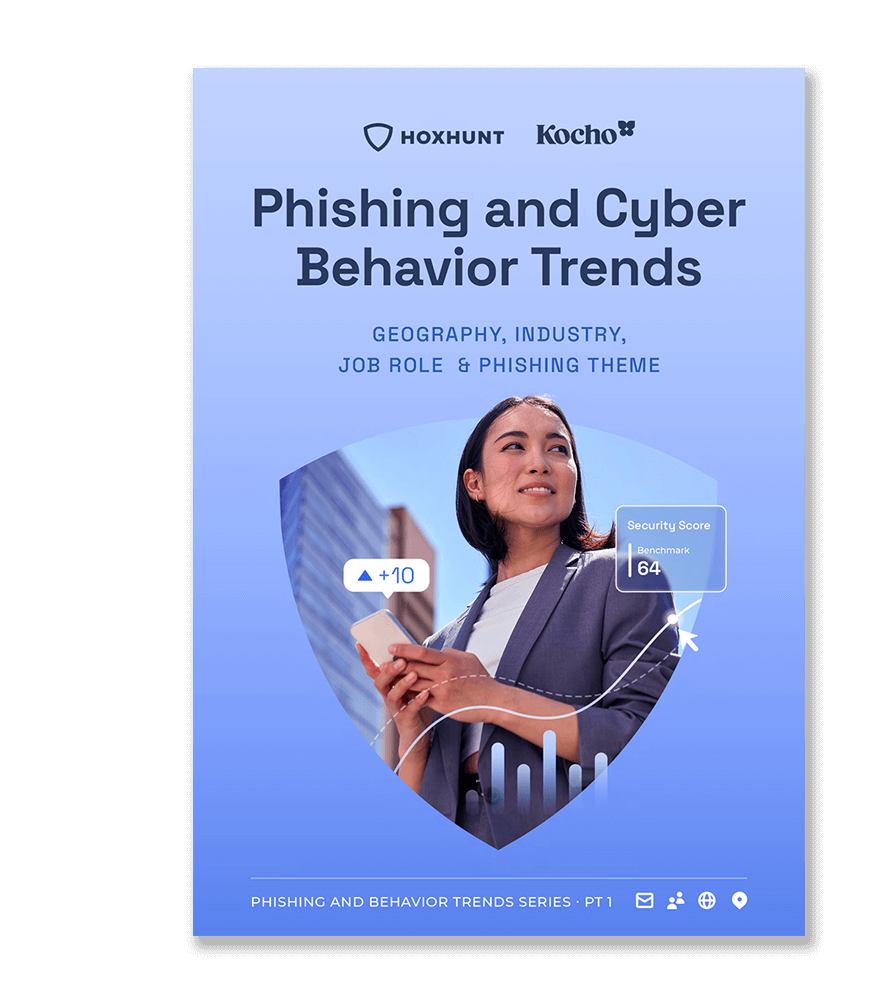

Free Report
The rise of AI has increased phishing attacks by 4,151%
And your people are being targeted.
Download Hoxhunt’s exclusive Phishing trends report and find out:
- Which phishing attacks are bypassing filters and fooling employees
- Why 68% of breaches involve people and 80–95% start with phishing
- How behaviour-based training cuts incidents by 86%

Great emails start here
Sign up for free resources and exclusive invites
Subscribe to the Kocho mailing list if you want:
- Demos of the latest Microsoft tech
- Invites to exclusive events and webinars
- Resources that make your job easier
Great managed security resources

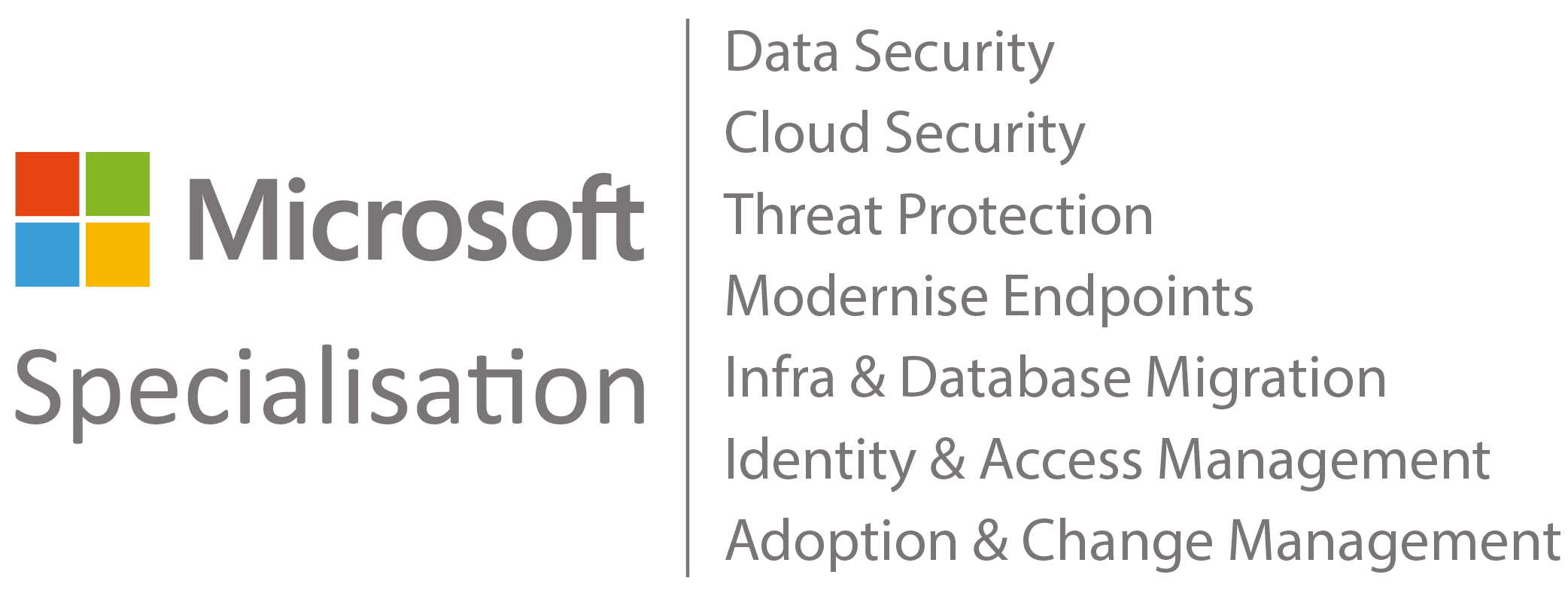
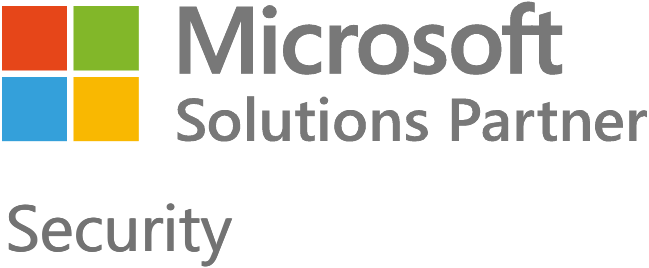
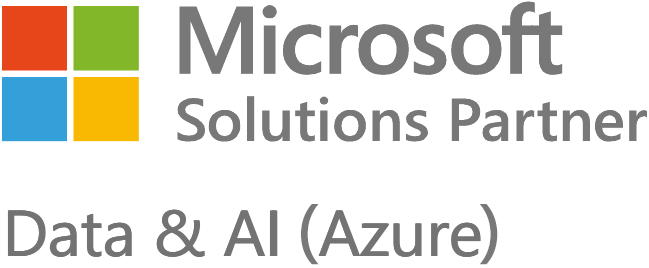
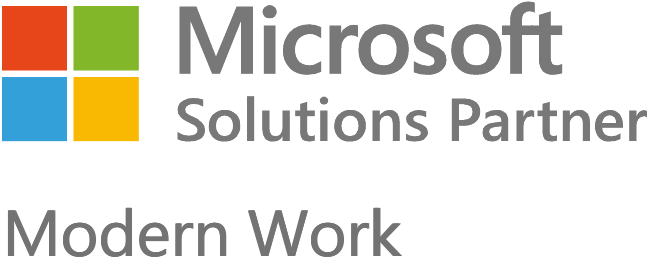
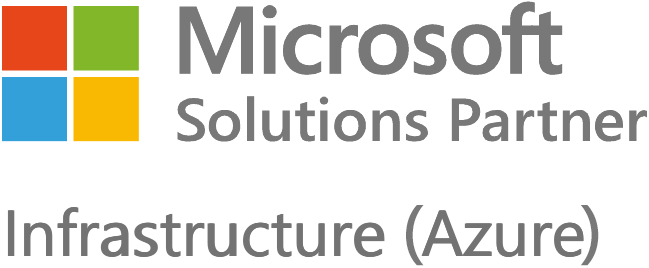
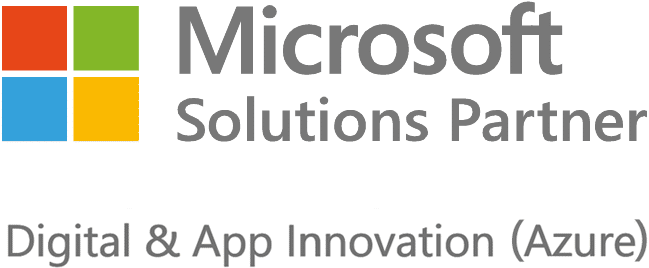

















Got a question? Need more information?
Our expert team is here to help.







